Lymph nodes are located throughout our bodies. They most often occur in groups. Where there are most lymph nodes? You can find them in the neck, armpits, or abdominal cavity. Moreover, they are in the groin, under the knees, and jaw.
Connective tissue capsules surround them. Under it, there is the marginal sinus. Lymph nodes are made of a convex and concave part, i.e., the so-called recesses. They may vary in structure and length.
Usually, lymph nodes are hard to touch with hands and should not lead to discomfort. Nevertheless, during the infection, they can be swollen. It happens mainly on the neck, armpits, and groin.
Unenlarged lymph nodes are the size of a pea and are usually not palpable. Lymph nodes are swollen if over 1 cm in adults (except inguinal nodes up to 1.5 cm). Children's nodes shouldn't exceed 2 cm.
Some lymph nodes can be felt through the skin. It means that if necessary, the doctor can palpate them. These lymph nodes include primarily axillary, inguinal, cervical, and supraclavicular lymph nodes.
You will be able to feel enlarged lymph nodes yourself. If you can feel it, contact your doctor. It is mainly significant when there are other signs. For example, we talk about fever and night sweats. There may also be huge weight loss in a short period.
Lymph nodes can perform defensive functions![]() in the body. They filter and create antibodies. But they can even be a zone for cancer spreading. This process is called metastasis.
in the body. They filter and create antibodies. But they can even be a zone for cancer spreading. This process is called metastasis.
Their enlargement can be local and general.
Lymph nodes gather lymph from various parts of our organisms. During this process, they capture harmful substances and microorganisms. It includes bacteria. The lymph nodes can swell. It happens when lymph confronts pathogens on their way.
Then, the entire operation is stopped. The organism wants to protect itself. It leads to the swelling of the lymph nodes. The cells accountable for the body's defense reaction are lymphocytes and macrophages. They reproduce to eliminate the pathogen. Swollen lymph nodes suggest an ongoing illness.
They are in various parts of the body. We have peripheral nodes![]() in the neck, submandibular, supraclavicular, elbow, inguinal, and femoral regions. They are visible and easy to examine.
in the neck, submandibular, supraclavicular, elbow, inguinal, and femoral regions. They are visible and easy to examine.
There are also ones located deeper – central nodes![]() . And they are challenging to examine. The latter requires special tests. It includes computed tomography, ultrasound, and X-ray.
. And they are challenging to examine. The latter requires special tests. It includes computed tomography, ultrasound, and X-ray.
Due to the structure, we distinguish reactive lymph nodes![]() . We can move them under the skin. But this carries pain and skin redness. Most often, soft lymph nodes appear during sickness. For example, if there is an infection. The inflammation should end in about 2-3 weeks.
. We can move them under the skin. But this carries pain and skin redness. Most often, soft lymph nodes appear during sickness. For example, if there is an infection. The inflammation should end in about 2-3 weeks.
We can also have non-reactive lymph nodes![]() . Remember that they are much more dangerous. They may be larger than 2 centimeters in diameter. They don't bring pain or discomfort. But they are frequently gathered and form conglomerates. Therefore, you can't move them. This type of node can even suggest cancer. They last longer than three weeks.
. Remember that they are much more dangerous. They may be larger than 2 centimeters in diameter. They don't bring pain or discomfort. But they are frequently gathered and form conglomerates. Therefore, you can't move them. This type of node can even suggest cancer. They last longer than three weeks.

We encounter many various causes of enlarged lymph nodes. Therefore, if this symptom occurs, further diagnosis is necessary.
The causes of lymphadenopathy may be infectious or non-infectious. When there is an infection, swelling happens. There is also pain and skin redness around the nodes.
Swollen lymph nodes can be a result of infectious illnesses![]() . For example:
. For example:
Non-infectious causes of swollen lymph nodes include:
Because lymph node enlargement usually occurs in the area of the affected tissues, the localization of lymphadenopathy may be somewhat suggestive of the diagnosis.
When does swelling of the lymph nodes in the neck? It occurs as a result of upper respiratory tract infections. It may also be a result of various infectious diseases.
Lymph nodes behind the ear can increase in size due to dental conditions and infectious diseases.
Conditions in the lower parts of the body, including STIs, can cause the lymph nodes in the groin to swell.
Underarm lymphadenopathy can be a sign of breast cancer.
However, remember that only a doctor can make a proper diagnosis.
Enlarged lymph nodes can be a result of infections![]() . Those we divide into viral and bacterial.
. Those we divide into viral and bacterial.
Lymph node swelling may have a fungal and parasitic basis. It can also happen after contacting an animal.
Lymphadenopathy often accompanies autoimmune conditions. It means that our immune cells attack our organisms. Autoimmune diseases include, e.g. Hashimoto's disease. Swelling can happen as a post-vaccination symptom. It is after vaccinations for rubella, smallpox, or measles.
The nodes may expand in size if the organism is allergic or sensitive to particular treatments.

Enlarged lymph nodes can happen during storage diseases![]() . They are congenital metabolic defects. What does it mean? Their existence implies the inadequate activity of diverse enzymes.
. They are congenital metabolic defects. What does it mean? Their existence implies the inadequate activity of diverse enzymes.
They occur several months after birth. These include Gaucher or Nimann-Pick disease. The lymph nodes get most often swollen under the armpits. At the same time, the liver or spleen can be enlarged. There may also be developmental delays.
Another reason for swollen lymph nodes is histiocytosis![]() . It happens when the immune system produces too many cells. They accumulate in tissues and organs. It is dangerous and causes damage or failure over time. This condition is accompanied by:
. It happens when the immune system produces too many cells. They accumulate in tissues and organs. It is dangerous and causes damage or failure over time. This condition is accompanied by:
Enlarged lymph nodes may indicate cancers![]() . This group includes leukemia, myeloma, and lymphoma.
. This group includes leukemia, myeloma, and lymphoma.
It is often accompanied by fever and sweating at night. There may also be significant weight loss without any reason.
Check if enlarged lymph nodes do not indicate malignancy. And perform cytologic and histopathological examinations. Diagnostics of enlarged lymph nodes also include ultrasound. Ultrasound of the lymph nodes allows us to catch changes we cannot notice during a palpitation examination.
In kids![]() , the lymph nodes swell to a grander measurement. It is because the kids' lymphatic system is developing. It happens until they reach the age of 12. It is why even a minor joint cold forces the nodes to significant enlargement. However, take it seriously. In any alarming situation – visit a physician.
, the lymph nodes swell to a grander measurement. It is because the kids' lymphatic system is developing. It happens until they reach the age of 12. It is why even a minor joint cold forces the nodes to significant enlargement. However, take it seriously. In any alarming situation – visit a physician.
Infections are the most common reason for enlarged lymph nodes in youngsters. During the examination, they may display distinguishing properties that demand further diagnostics.
The medic should pay particular awareness to a patient when swollen lymph nodes change their place, are hardened and painless, or just the opposite – they are softened and can be moved. In children, there may also be nodal bundles and wounds from which purulent secretion leaks.
After the visit to the family doctor, the kid should be guided for treatment by the proper expert.
How to verify the direct cause of this condition in a kid? Doctors require further diagnostic tests. Evaluate the presence of blood cells. It can be used with a child's symptoms. It helps to identify the primary cause of lymphadenopathy. The medic can check, e.g.:
The number of leukocytes accountable for defense against microorganisms frequently varies in a child during an infection. There are circumstances when the number of white blood cells is too low about the established standards for sex and age. The reason for this situation in a kid is usually viral infections.
Lymph node enlargement most often occurs due to infection, and after spontaneous healing or antibiotic therapy, they return to their size. Nevertheless, the observation of enlarged lymph nodes should prompt a visit to the doctor.
The appropriate doctor will be your family doctor, who will direct you to another expert if necessary. What if you're unsure whether you require urgent attention? Consult a doctor. The severity of the condition depends on its cause. Still, we don't know this until we undertake diagnostics.
You should see a doctor urgently, first of all, when the lymph nodes are enlarged, and there are no additional symptoms of infection. An alarm signal should also be when lymphadenopathy![]() is accompanied by general symptoms, such as persistent high fever (above 38 degrees Celsius) for more than two weeks, sudden weight loss for no reason in the last six months, night sweats, or increased bleeding tendency.
is accompanied by general symptoms, such as persistent high fever (above 38 degrees Celsius) for more than two weeks, sudden weight loss for no reason in the last six months, night sweats, or increased bleeding tendency.
The symptom that you should report to your doctor is redness, soreness, and swelling around enlarged lymph nodes. These symptoms may suggest a bacterial infection. It is then necessary to use therapy with antibiotics.
See a doctor also when the lymph nodes are very soft and fistulas are formed on the skin surface.
An alarming symptom is the enlargement of lymph nodes in many areas, i.e., generalized lymphadenopathy. This condition may indicate a neoplastic process. Then, the lymph nodes are usually painless; they seem connected, and it is challenging to move them under the skin.
During the visit, the doctor will ask questions about:
The doctor will examine![]() you and assess the lymph nodes. If necessary, the specialist will order additional tests. We recommend a complete blood count. Undergo evaluation of inflammatory parameters (CRP, ESR). Perform some liver tests (AST, ALT). Your doctor may also refer you for an abdominal ultrasound or chest X-ray to assess the deeper-located lymph nodes.
you and assess the lymph nodes. If necessary, the specialist will order additional tests. We recommend a complete blood count. Undergo evaluation of inflammatory parameters (CRP, ESR). Perform some liver tests (AST, ALT). Your doctor may also refer you for an abdominal ultrasound or chest X-ray to assess the deeper-located lymph nodes.
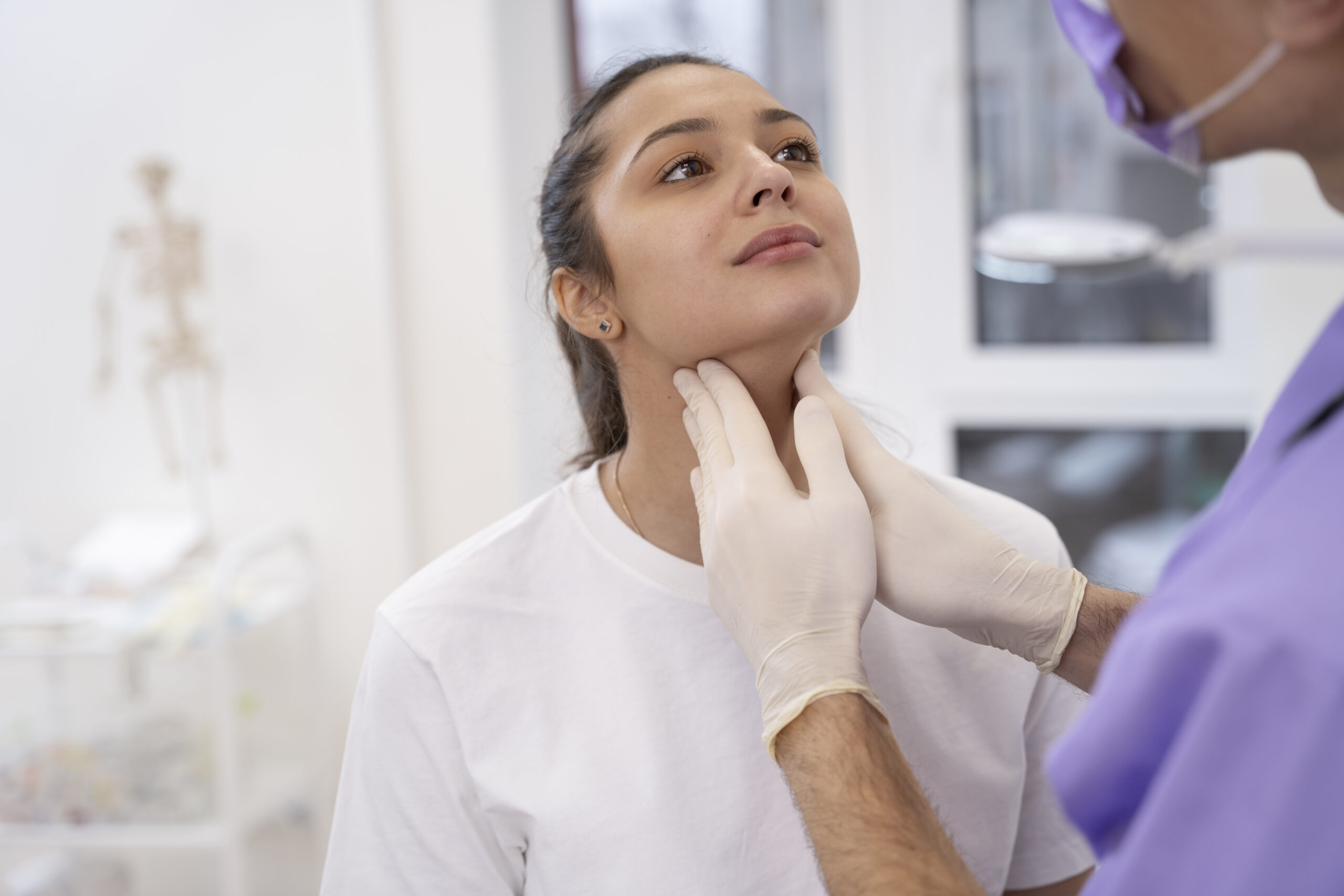
Firstly, treat the disease that led to the onset of symptoms. If you observe severe pain and swelling around the lymph nodes, particularly if they are soft, festering, and form fistulas opening to the skin surface, you should immediately consult a doctor.
Treatment is based on the cause of the problem. In the case of infection, we use antibiotics![]() . Some recommend antiviral drugs and auxiliary agents (e.g., antipyretics and anti-inflammatory drugs).
. Some recommend antiviral drugs and auxiliary agents (e.g., antipyretics and anti-inflammatory drugs).
On the other hand, cancer requires chemotherapy, radiotherapy, or surgery![]() .
.
Do not worry. The doctor chooses the appropriate remedies.
It can occur when our body fights a harmless infection. In such circumstances, it is worth reaching for proven and non-invasive cold remedies in the first place.
Home treatment of enlarged lymph nodes consists primarily of regular irrigation of the throat and an increased supply of vitamins to the body (e.g., cod liver oil or garlic). What if the symptoms do not subside after a few days? Always go to the doctor.
You can use compresses with fresh herbs and plants. Before the treatment, check if you have any allergies. Fans of warm beverages can try treatment with herbal teas. The most influential herb used is Galium aparine. Its properties reduce swelling and inflammation of the lymph nodes. Sage, peppermint, ginger root, and chamomile are also practical.
The home remedies suggested above are not always helpful. In the case of swollen lymph nodes, go for a medical visit. Do it to rule out serious diseases. Delaying consultation with an expert can be harmful. It can result in irreversible and chronic conditions. That may endanger your health.
Table of Contents
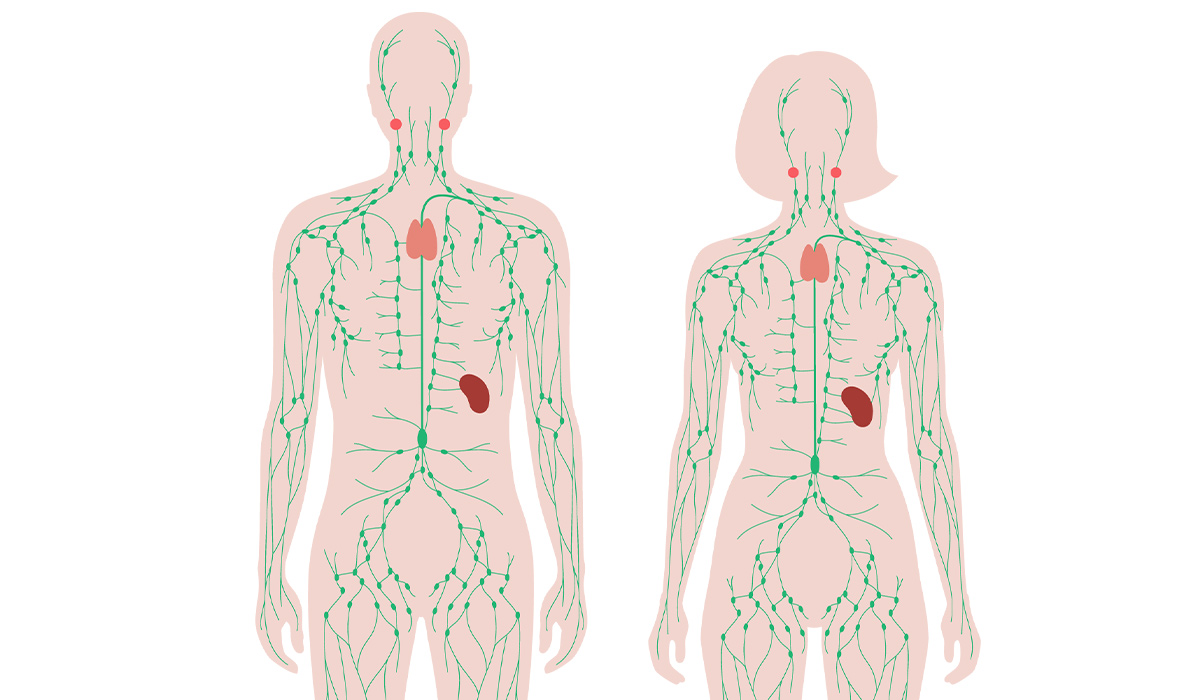
The human lymphatic system is an important support for the immune, circulatory and even digestive systems. What are its functions?… read more »
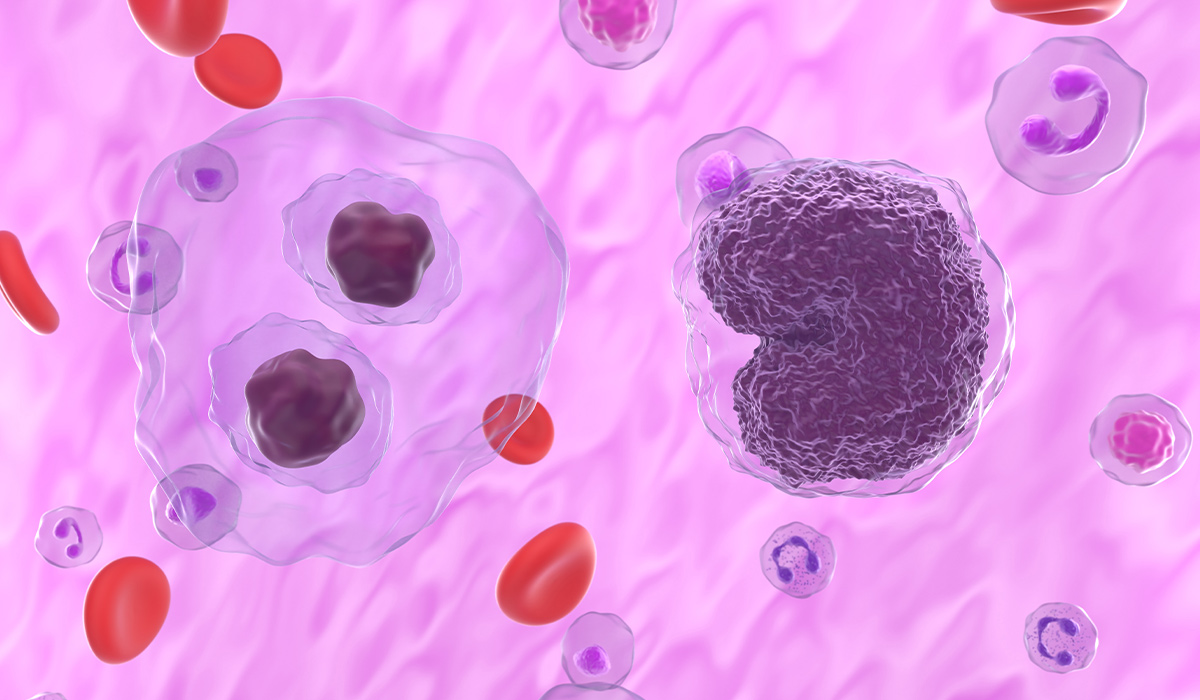
Lymphoma is a cancer of the lymphatic system. It is formed from lymphocytes – white blood cells. What are the… read more »
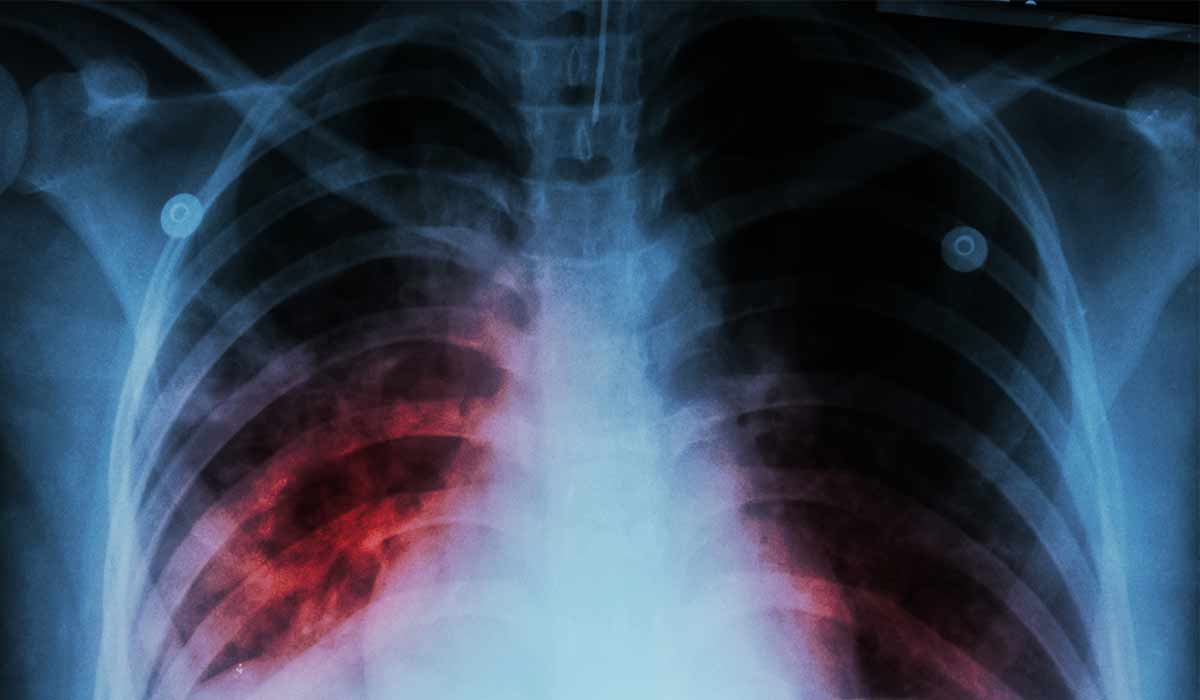
Tuberculosis is an infectious disease caused by mycobacteria. There are many types of tuberculosis with varying symptoms. Learn it all… read more »
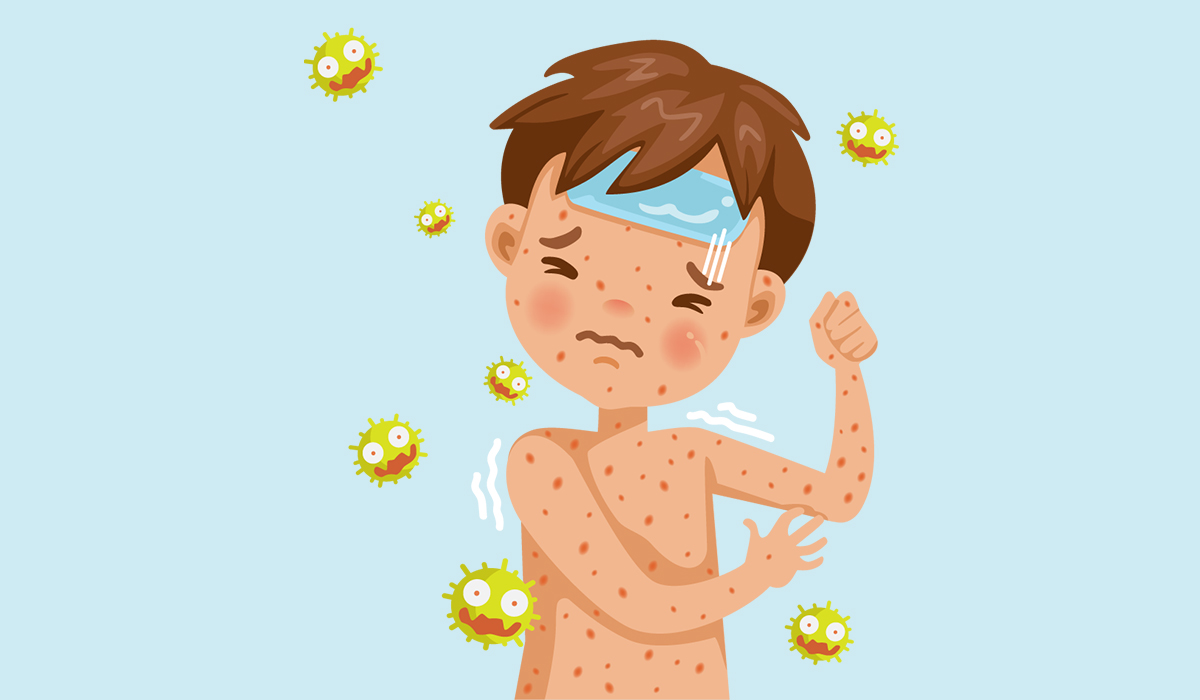
Rubella is an infectious disease caused by a specific type of virus. It is most commonly diagnosed in children. Find… read more »
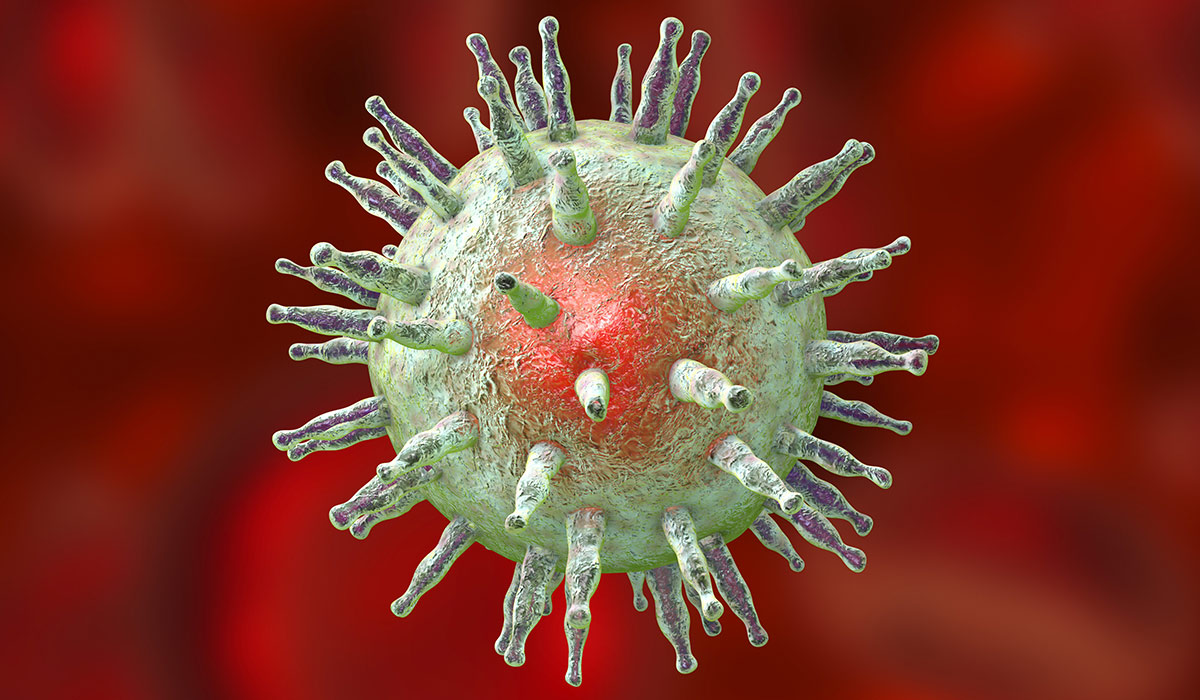
Epstein Barr Virus is a pathogen that causes infectious mononucleosis and many other diseases. Learn about the risks associated with… read more »
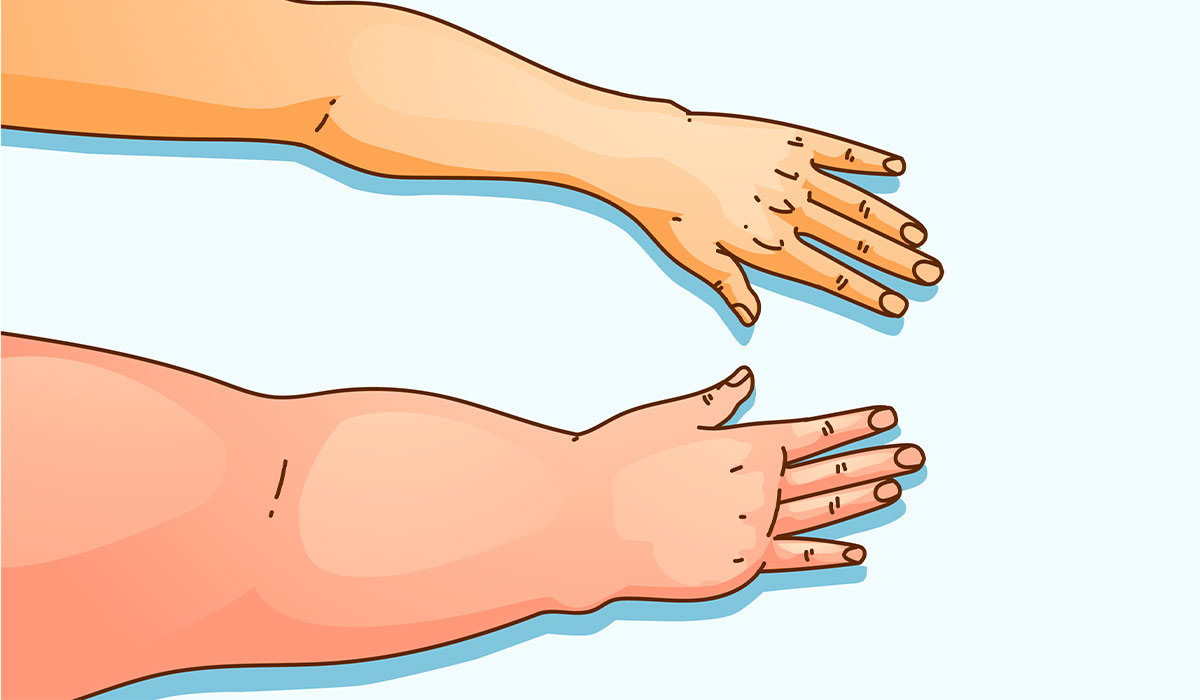
Lymphedema is swelling caused by non-physiological lymphatic stasis. What are its causes? What is the diagnosis and treatment of lymphedema? read more »
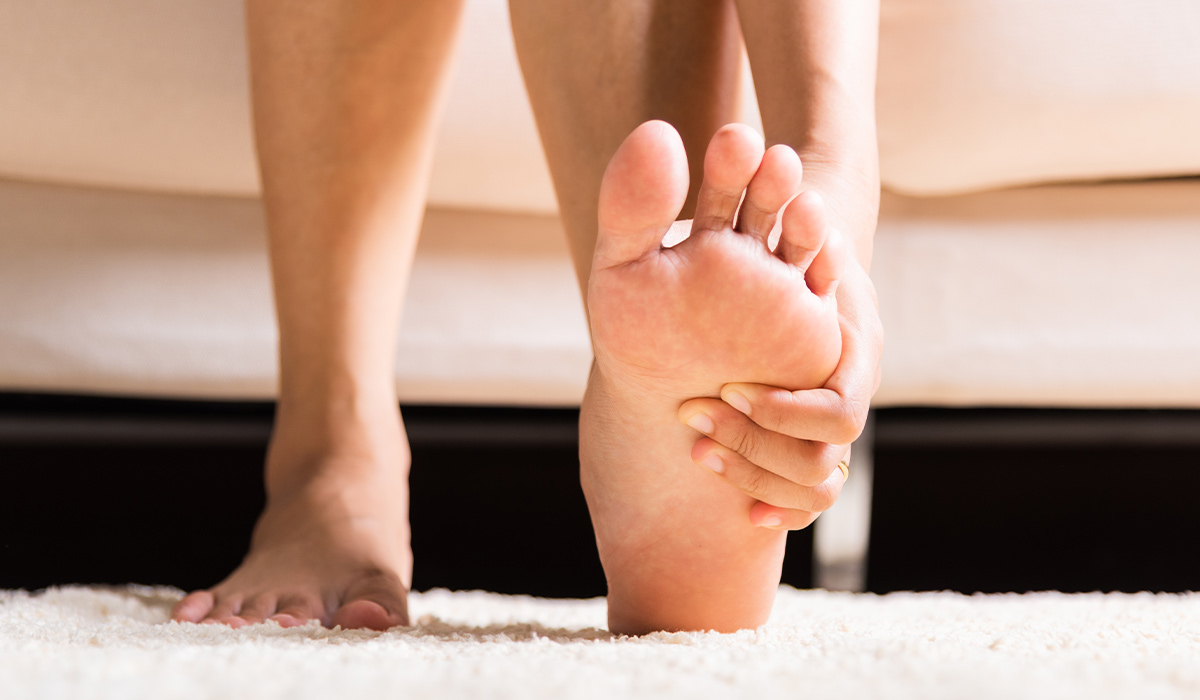
Swollen feet is an outward sign of fluid accumulation in the body. It can be a symptom of serious health… read more »
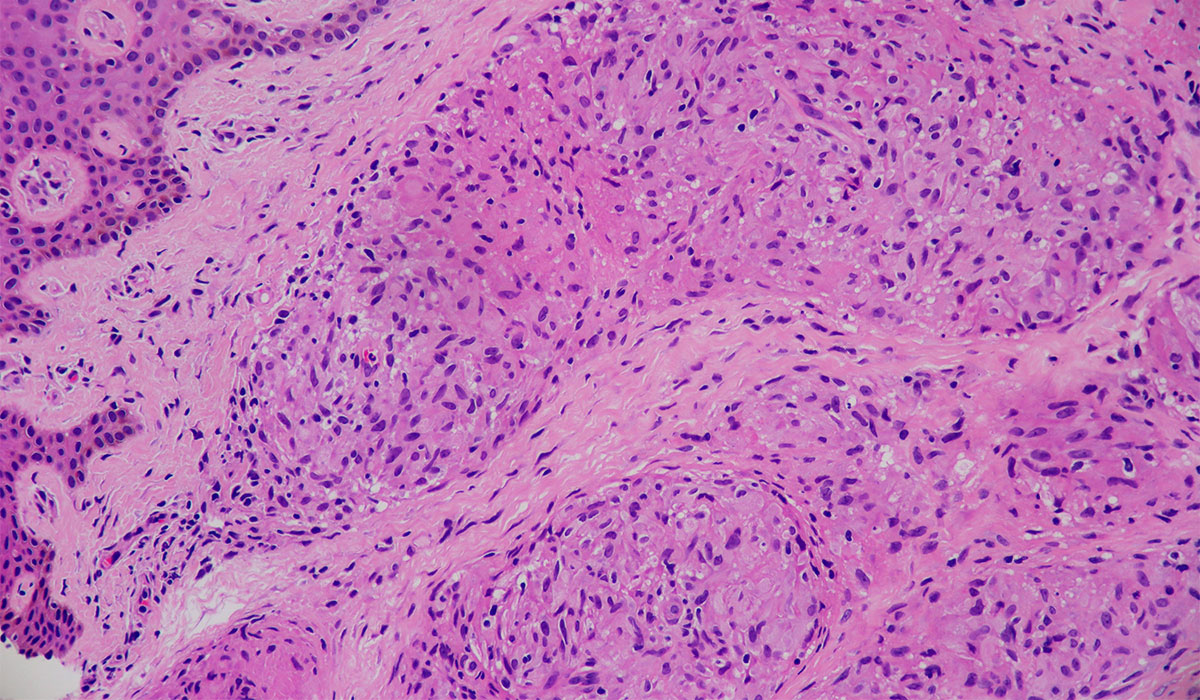
Sarcoidosis is an autoimmune disease, meaning the body attacks its own tissues. What are the symptoms of sarcoidosis? How is… read more »
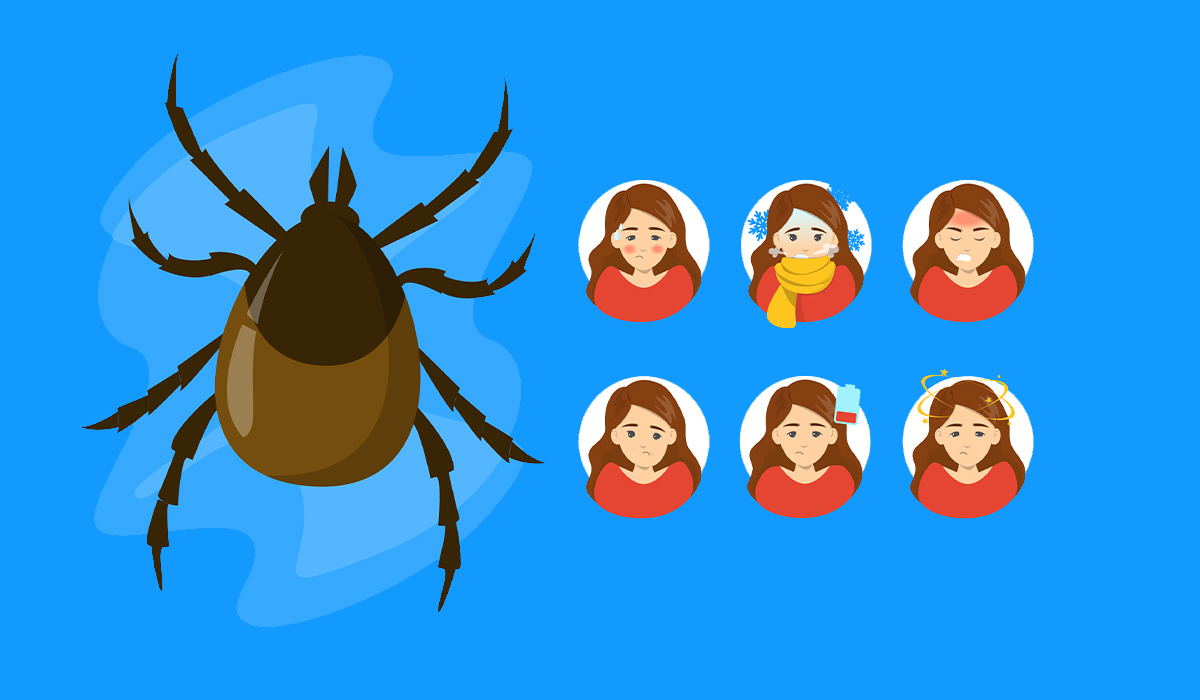
Lyme disease is difficult to diagnose. Therefore, it often goes undiagnosed for years, leading to complications. If you want to… read more »